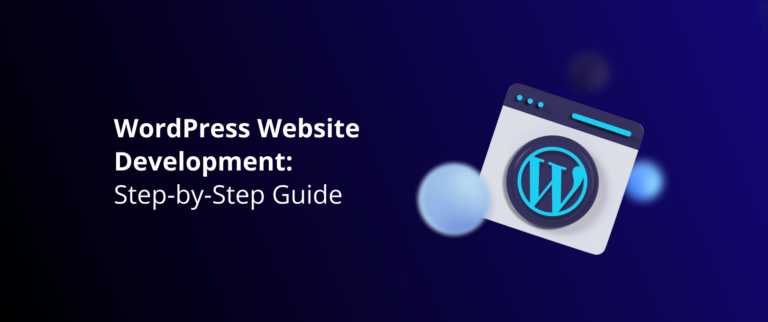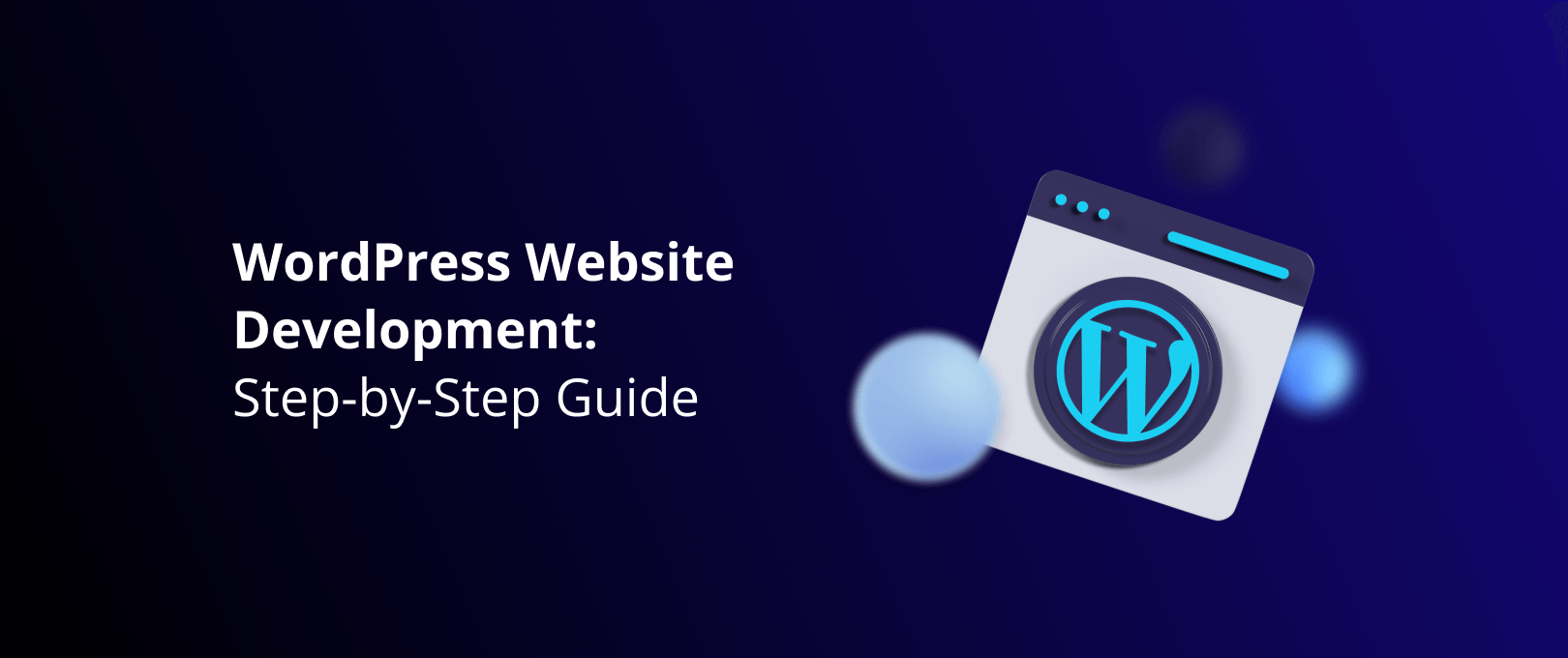Ensuring a successful WordPress development process involves several key steps. Numerous platforms exist for building websites, including e-commerce, social media, and domain services. However, WordPress stands out as the preferred choice due to its versatility and extensive user base, powering over 43% of websites globally.
1. Planning and Preparation
- Define Objectives: Clearly outline the website goals and required features.
- Market Research: Analyze target audience preferences and competitors’ strategies.
- Sitemap Creation: Develop a structured layout for efficient navigation and content organization.
2. Setup and Configuration
- Domain and Hosting: Choose a domain name and reliable hosting provider compatible with WordPress.
- WordPress Installation: Set up the latest WordPress version on your hosting server.
- Basic Configuration: Customize settings like permalinks and privacy options.
3. Design and Development
- Theme Selection: Choose a responsive theme that matches your brand and functional needs.
- Customization: Tailor the theme design using WordPress Customizer or theme settings.
- Functionality Development: Integrate plugins for additional features such as SEO, security, and contact forms.
4. Content Creation
- Content Strategy: Plan and organize website content including pages, posts, and media.
- Optimization: Write SEO-friendly content and optimize images for web performance.
- Content Integration: Populate the website with high-quality, engaging content aligned with brand messaging.
5. Testing and Quality Assurance
- Feature Testing: Ensure all website functionalities work correctly, including forms and multimedia elements.
- Cross-Browser Compatibility: Verify consistent performance across different web browsers.
- Mobile Responsiveness: Confirm smooth operation on various devices for optimal user experience.
6. Deployment and Launch
- Backup Preparation: Create a full backup of the website and database.
- Go Live: Transfer the website from staging to live server and update DNS settings if needed.
- Performance Monitoring: Monitor website performance post-launch and optimize load times.
7. Maintenance and Updates
- Regular Updates: Keep WordPress core, themes, and plugins updated for security and compatibility.
- Backup Routine: Schedule regular backups to safeguard against data loss.
- Security Measures: Implement strong passwords, SSL certificates, and security plugins to protect the website.
Conclusion
By following these steps, you can ensure a smooth and successful WordPress development process. Each phase—from planning and design to deployment and maintenance—plays a crucial role in creating a functional, user-friendly, and secure website tailored to your business needs.
Connect Now!




